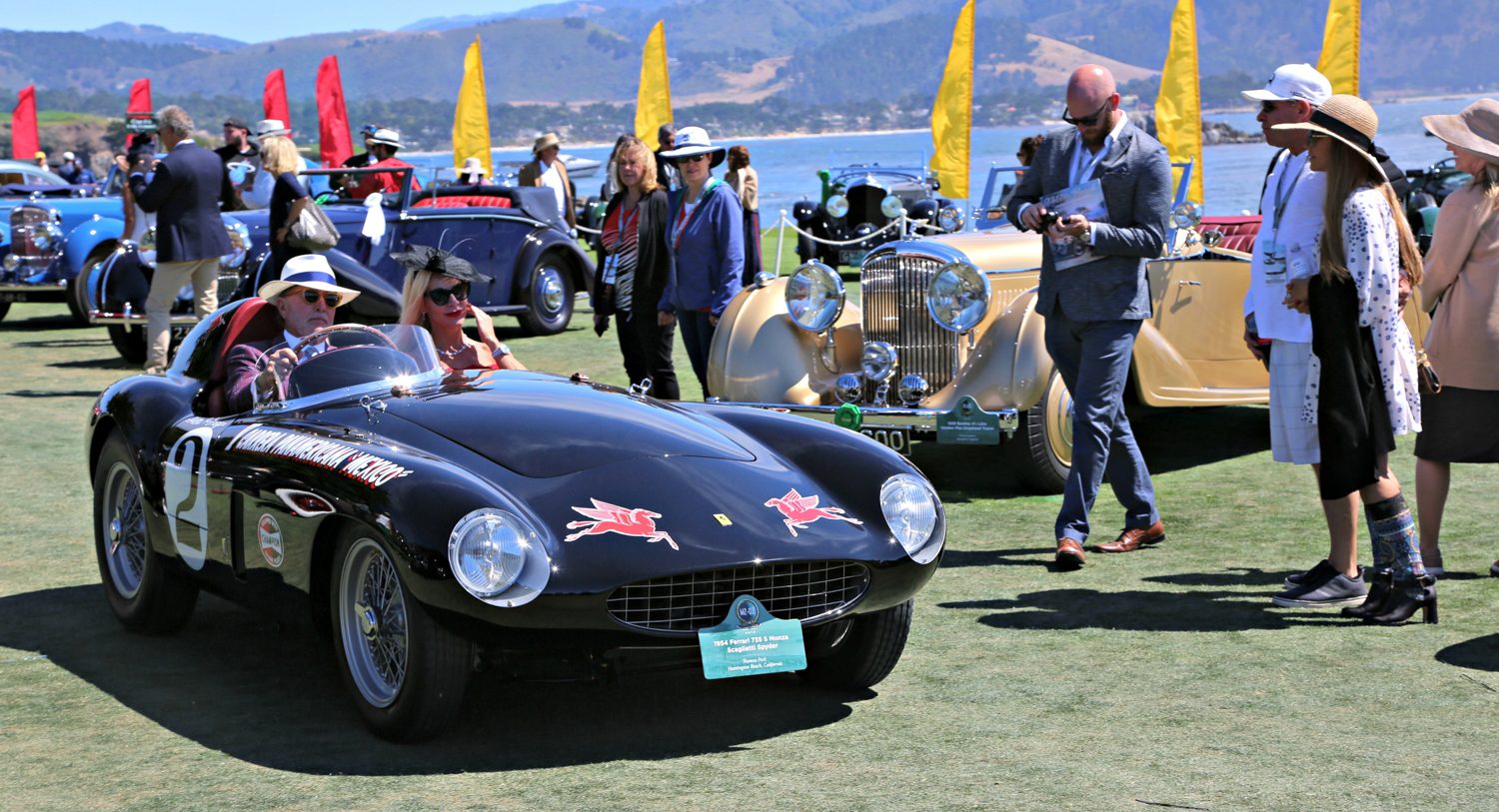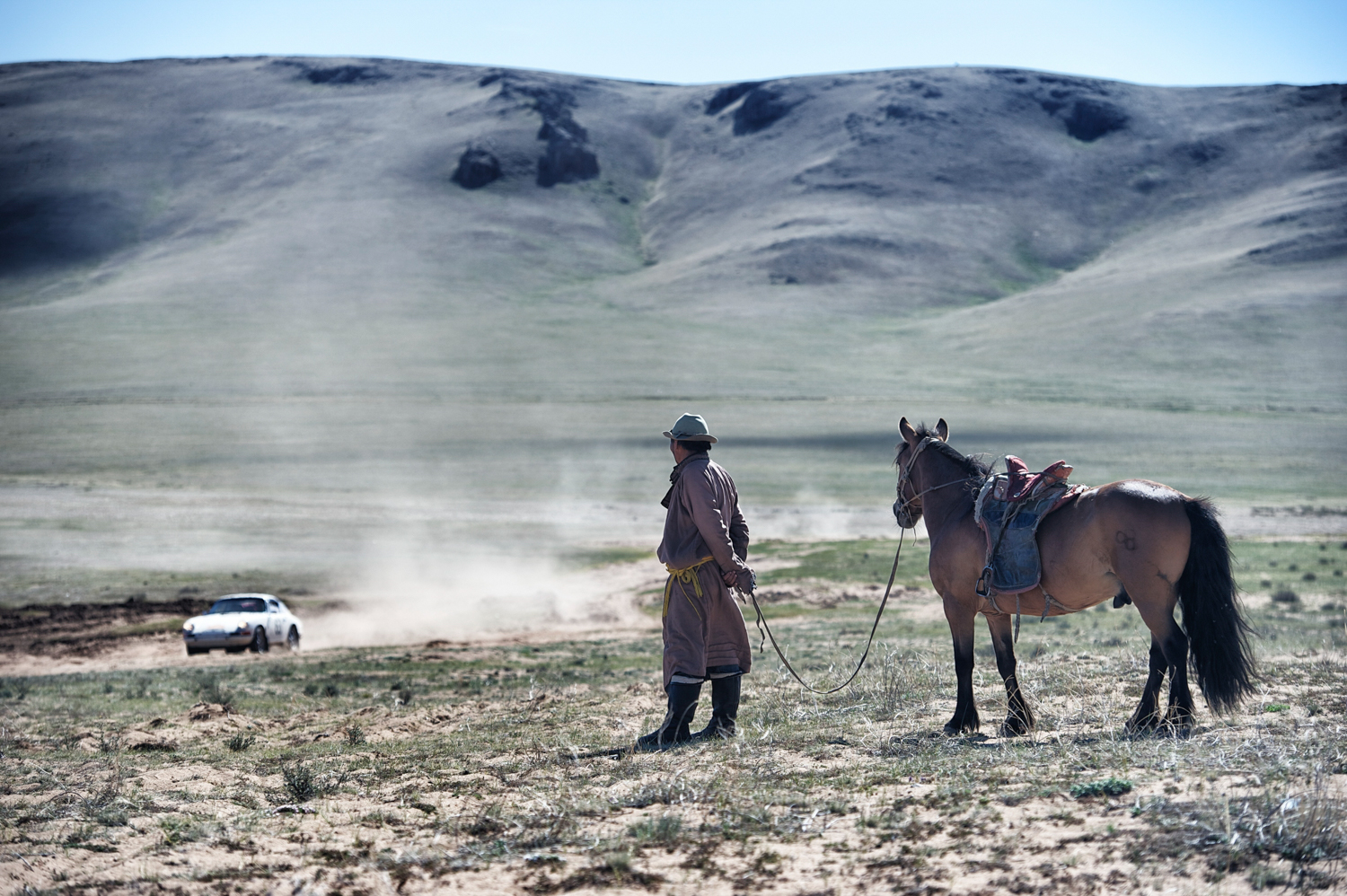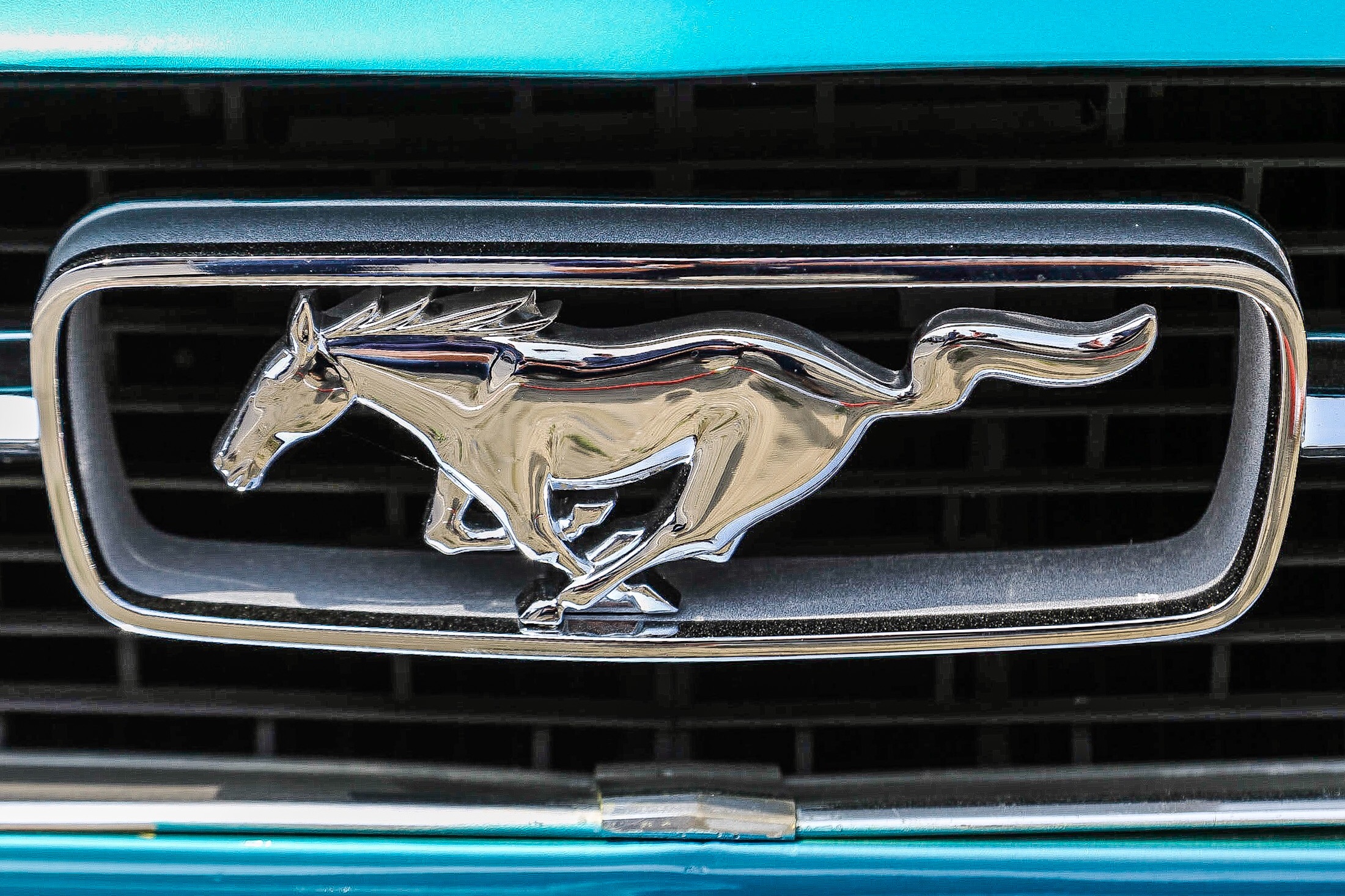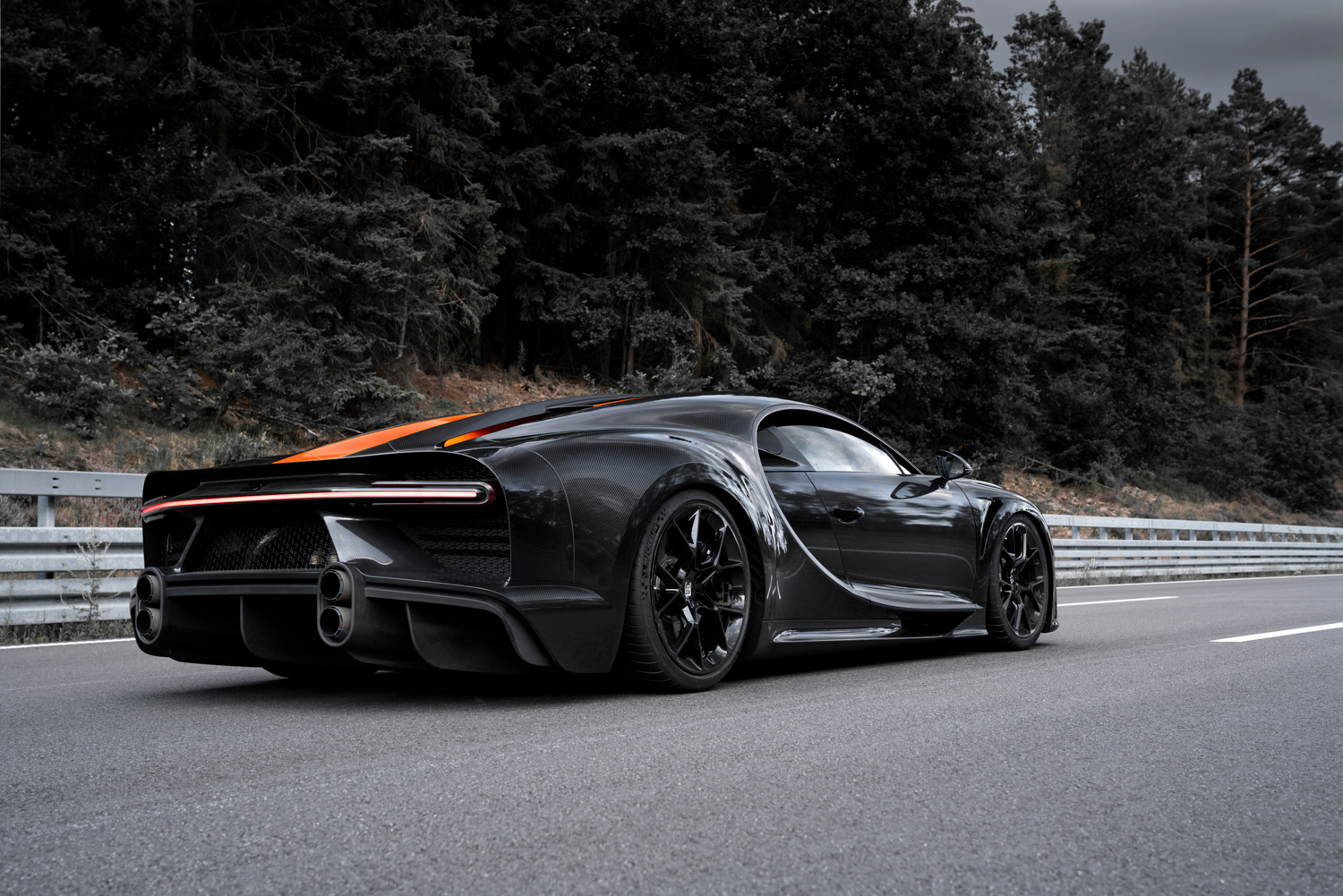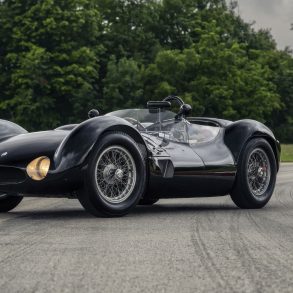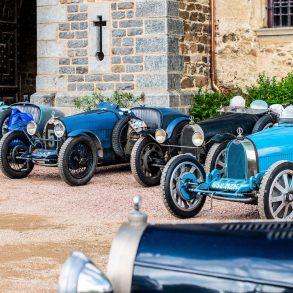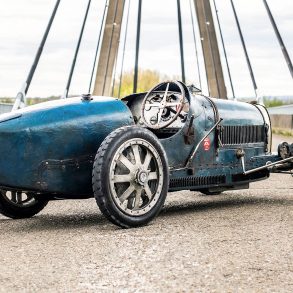Every year the Pebble Beach Concours d’Elegance offers a spectacular showing of amazing cars. I am fortunate to get a front row seat to the event as a class judge. I could write an entire article on the judging experience, remarkable cars, dedicated people and history of this amazing event, but throughout my weekend in Monterey, there was a far more interesting and broader subject that continually came up in discussion. Are younger people losing interest in cars? Most people followed with a series of doom and gloom predictions, weaving self-driving cars, cell phones and millennial malaise into their vision of tomorrow. This sentiment, coupled with a slowing in sales at the big auctions, caused a fair number of collectors to take a gloomier look toward the future of cars.
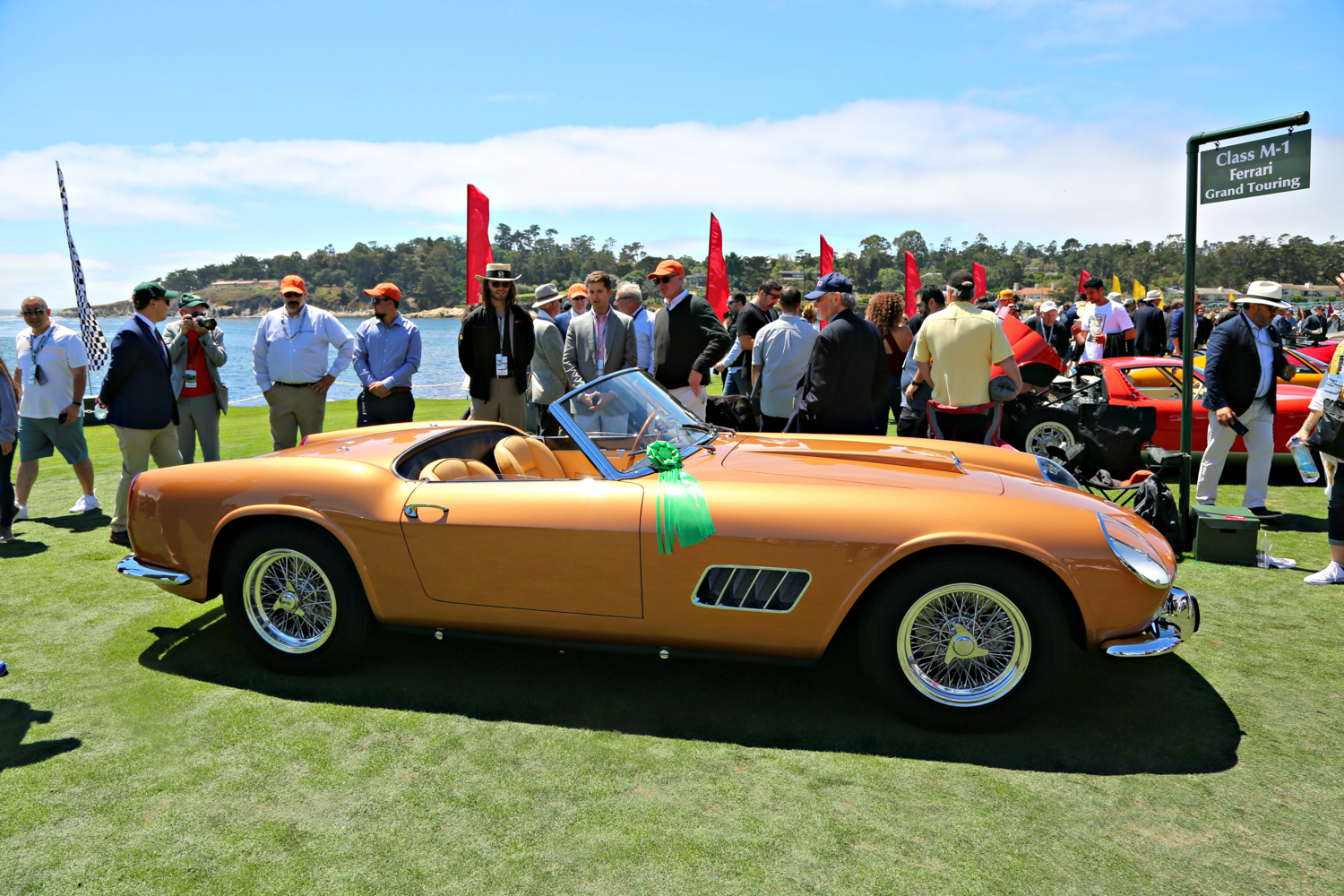
Like a lot of big questions, the answer is more complex than it seems, but for starters I’ll be clear about where I stand – mankind will always be attracted to objects that blend technology and beauty, be it old, nostalgic, new, futuristic, or even speculative. This includes cars, paintings, sculpture, jewelry, furniture, watches, etc. Mankind simply loves beautifully crafted things. Nature, being our most prevalent example, builds objects of function and beauty evident in flowers, animals, trees and a sea full of colorful creatures. Mankind respects the power and grandeur of nature, echoing our appreciation by creating beautiful objects, many with functional purpose, to enhance our lives and surroundings. Cars fit that description perfectly, in part because our first associations of increased speed and transportation were nurtured on the backs of wild horses. Many of our modern automotive terminologies still pay homage to the horse, a majestic animal of great power and beauty. But, as anyone who knows horses will tell you, there is also a deeper emotional connection between horses and humans. It’s more than just transportation. Horses connect with the rider and we form deep and sometimes lasting bonds with our horses; the saddle time, the view from above, the connection to our journey.
One hundred years ago, when automobiles shared the roadways with horses and horse drawn carriages, my grandfather rode a horse. Every evening after riding, he would arrive home, water and feed the horse, and spend the sunset hour grooming the animal, inspecting the hooves, checking the teeth – in part for preservation, but also to build a trusting relationship with the animal. He learned how the horse communicated, what it needed, and how to listen to what it needed. These behaviors were common among many families, especially in rural or farming communities. Over time, the same care behaviors transferred to the car; checking the tires, washing the car, looking under the hood, listening to the engine, mimicking a “connection to the animal.”
For many years, young people formed bonds with their cars, based on these connections. Today, much of this has changed as many young people form greater bonds with their cell phone than with a car, but the underlying desire to connect with a protective and reliable personal transportation device will always be woven into our being. Add to that, the desire to combine beauty and performance in a transportation device and mankind, regardless of age, will always be captivated by the car as a nearly magical engagement – one that will take you away and return you safely.
Last week, the new Bugatti, a road car mind you, recorded the first ever 300 mph run at a closed track. Having performed this remarkable achievement, Bugatti promptly announced they were now going to focus on other important aspects of building their brand. Much like a super athlete in their prime, after a proven win, this horse was entitled to rest. The Bugatti could have been any variety of shapes, but it was carefully designed and specifically so, not just to be fast but to also be beautiful. Speed was not the only mission, the car had to look good as well as go fast. Yes, it is a multi-million dollar car, but on the other side of the world, General Motors also released video footage of the $60,000 C8 Corvette driving nearly 200 mph.
The casual manner of the video, the “we do this all the time”, “let’s go to the moon tomorrow”, American attitude was in stark contrast to the prize fighting Bugatti manner. As if to say, no Corvette needs a rest after running 200 mph. We want you to drive it like this and not take a break. Two brilliant points of contrasting bravado signaling that cars will continue to draw on our desire for power and beauty, regardless of cost.
Mankind is always going to be interested in personal, powerful transport. We will want to communicate closely with our cars via driving feedback, convenience options, and in a wide range of performance offerings for decades to come. Old or new, the dream of speed and control, power and protection, is simply built into our desire to connect with our steeds. We thrive on relationships of trust and enjoyment that go deeper than just moving from one location to another. Even those of us stuck with our heads down on the cell phone will eventually look up and seek out a nostalgic past connection or future-forward projection embodied in a beautiful car. Either way, we will empty our pockets, saddle up for excitement and we will ride.


